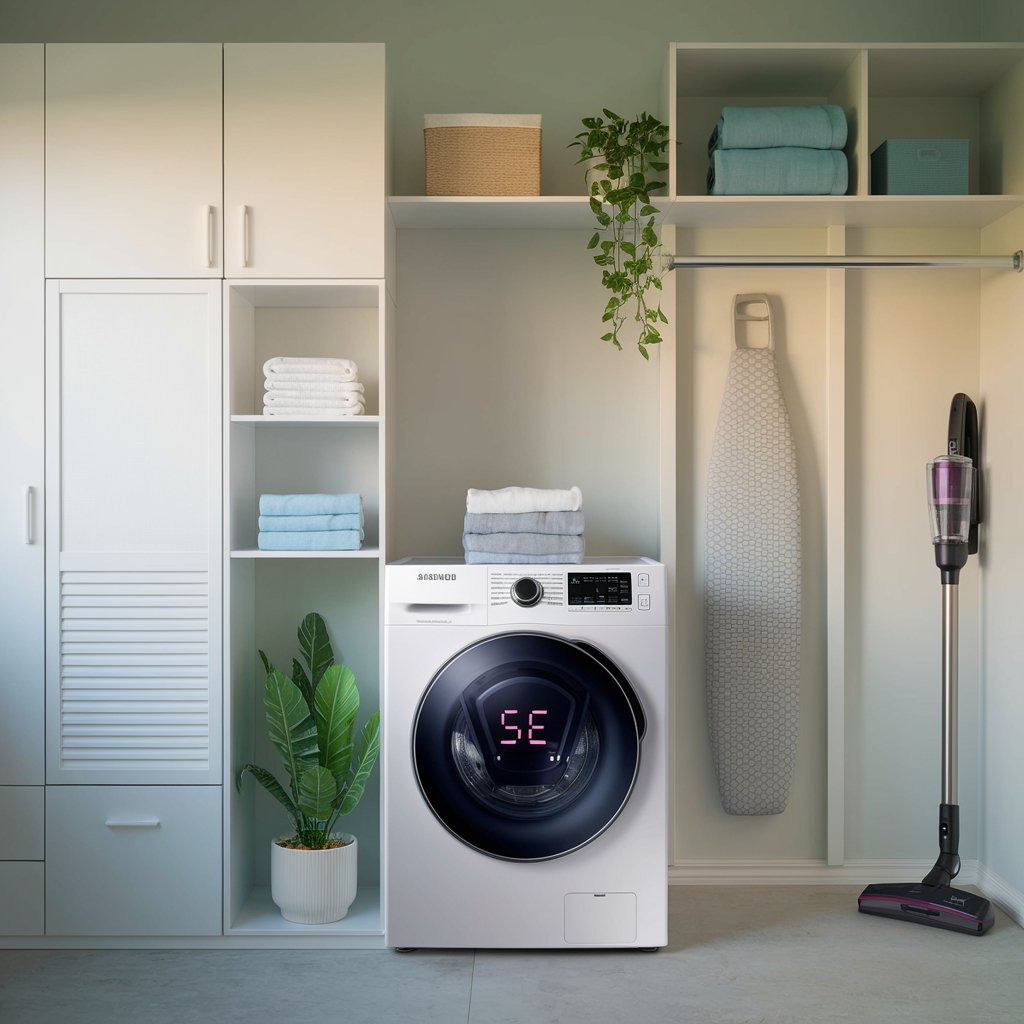

Microwave ovens have become a kitchen staple, offering a convenient way to quickly heat up food or beverages. However, like any other appliance, microwaves can encounter issues that affect their performance. Understanding common microwave problems and how to fix them can help you keep your microwave running smoothly. In this article, we’ll discuss some of the most common microwave problems and provide detailed solutions to help you troubleshoot and resolve them.
One of the most frustrating issues with microwaves is when they run but do not heat the food. This problem is often caused by a faulty magnetron, which is the component responsible for producing the microwaves that heat the food. Other possible causes include a faulty high voltage diode, capacitor, or transformer.
To fix this issue, you’ll need to first ensure that the microwave is unplugged and that you are safely grounded. Then, remove the outer cover of the microwave to access the internal components. Locate the magnetron and check for any visible signs of damage, such as burns or cracks. If the magnetron appears to be faulty, it will need to be replaced. Additionally, you may need to check and replace the high voltage diode, capacitor, or transformer if they are found to be faulty.
If your microwave stops running after a few seconds, it could indicate a problem with the door switch, control board, or thermal fuse. The door switch is a safety feature that prevents the microwave from running when the door is open. If the switch is faulty, the microwave may stop running prematurely. The control board controls the microwave’s functions, and if it is faulty, it may cause the microwave to stop running. The thermal fuse is a safety device that cuts off power to the microwave if it overheats.
To fix this issue, first, check the door switch for any signs of damage or wear and replace it if necessary. Next, check the control board for any visible signs of damage, such as burns or loose connections. If the control board appears to be faulty, it will need to be replaced. Finally, check the thermal fuse for continuity using a multimeter. If the thermal fuse is faulty, it will need to be replaced.
Another common problem with microwaves is when the turntable inside the microwave does not spin. This issue is usually caused by a broken or worn-out turntable motor or coupler.
To fix this problem, you’ll need to first unplug the microwave and remove the turntable and roller ring. Then, remove the bottom panel of the microwave to access the turntable motor. Check the motor and coupler for any signs of damage or wear and replace them if necessary. Make sure to position the turntable correctly on the motor shaft after replacing the motor and coupler.
If the buttons on your microwave are not responding, it could indicate a problem with the control panel or membrane switch. The control panel houses the buttons and controls the microwave’s functions, while the membrane switch registers the button presses.
To fix this issue, inspect the control panel for any signs of damage and replace it if necessary. If the membrane switch is faulty, it will also need to be replaced. Make sure to disconnect the power supply before attempting any repairs.
Sparks or arcs inside the microwave can be caused by metal objects, such as foil or utensils, being placed inside the microwave. Metal reflects microwaves and can cause them to bounce around inside the microwave cavity, leading to sparking.
To fix this issue, remove any metal objects from the microwave. If the sparking continues, it could indicate a problem with the waveguide cover or magnetron. Contact a professional for repair, as these components are not easily accessible or replaceable by the average user.
If your microwave is overheating during use, it could be due to a malfunctioning thermostat or faulty cooling fan. The thermostat regulates the temperature inside the microwave, while the cooling fan helps to dissipate heat.
To fix this issue, check the thermostat and cooling fan for any issues and replace them if necessary. Make sure to unplug the microwave and allow it to cool down before attempting any repairs.
A loose or misaligned door can prevent the microwave from starting or cause it to stop mid-cycle. If the door does not close properly, it may indicate a problem with the door latch or hinges.
Check the door alignment and tighten any loose hinges. If the door still does not close properly, the door latch or hinges may need to be replaced. Make sure to disconnect the power supply before attempting any repairs.
Why is my microwave not heating food?
Why does my microwave run for a few seconds and then stop?
How do I fix a microwave plate that is not spinning?
What should I do if the buttons on my microwave are not responding?
Why is my microwave sparking or arcing?
In conclusion, understanding these common microwave problems and their solutions can help you keep your microwave running smoothly for years to come. Regular maintenance and timely repairs can extend the life of your microwave and ensure that it continues to serve you well. If you encounter any issues that you cannot fix yourself, it’s always best to seek professional help to avoid any further damage.
